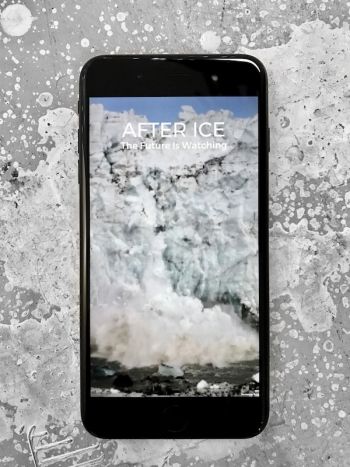This App Shows What Sea Level Rise Will Do
Published on by Water Network Research, Official research team of The Water Network in Technology
After Ice is an app that uses augmented reality to show users what sea level rise will look like in New York.
The oceans are rising and already creating problems from Boston to Miami. But the true scope of what the world is in for is hard to imagine.
Standing on dry land today and knowing that it will be underwater by 2100 is understandable in some abstract way, but abstractions don’t exactly move people to undertake action, let alone at the scale needed to address climate change.
Justin Brice Guariglia, a Brooklyn-based artist, wants to change that. “We’re experiencing something so slow we can’t see it, but so quickly that we can’t ignore it,” he said.
That’s why he released a free iPhone app on Thursday called After Ice. It uses NASA sea level data, geolocation and augmented reality to put users “underwater” in New York. Consider it climate communication in the selfie age.
Fire up the app and you’re immediately confronted with collapsing ice to set the scene. It’s that ice, melting at unprecedented rates in human history, along with the expansion of ocean water due to rising temperatures that’s the root of sea level rise.
Oceans have risen about a foot since measurements began more than a century ago. But they’ll rise much more than that in the coming decades as ice melts and waters continue to warm.
After Ice transports you to a future New York inundated by higher seas. To try it out, I took it for a spin in Morningside Heights. As the name belies, it’s one of the higher neighborhoods in Manhattan, sitting about 135 feet above sea level.

The homescreen of After Ice - an app that uses augmented reality to show users what sea level rise will look like in New York.
Image Source: Climate Central
Oceans are not going to rise that high in the next few decades, or even by 2100. But the app uses data from the New York Panel on Climate Change, which indicates sea level rise could rise 6 feet by 2100.
It also uses other NASA data showing how much ice sheets in Greenland and Antarctica would have to melt to reach that height. According to the app, it would take 59 percent of the ice sheets to disappear to put my lofty perch underwater with the fishes.
Source: Climate Central
Media
Taxonomy
- Water
- Climate Change
- Mobile Apps
- Climate